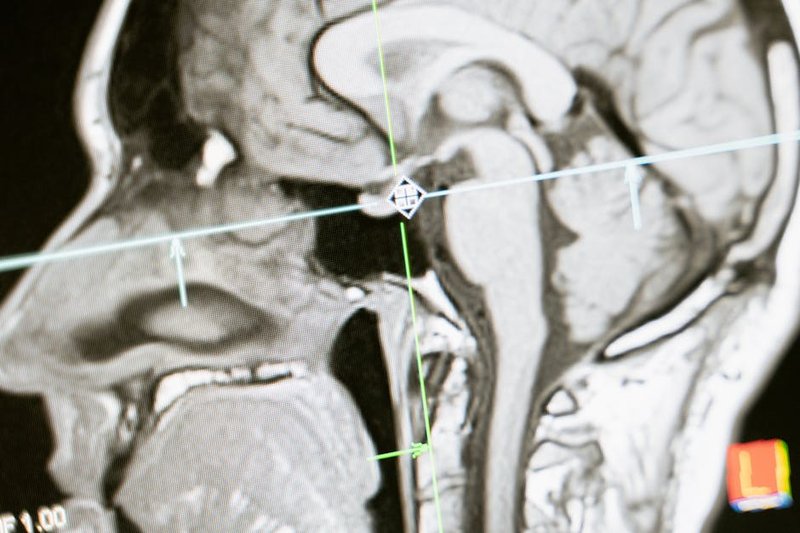The landscape of assistive technology for paralyzed individuals is undergoing a revolutionary transformation, with brain-computer interfaces (BCIs) emerging as one of the most promising innovations of the decade. These devices, once confined to theoretical research papers, are now providing real-world solutions for people with severe mobility limitations. While several companies have made significant strides in this field, Neuralink’s recent implant has captured global attention due to its technological sophistication and its founder’s high profile.
Computer – The First Neuralink Recipient
In January 2024, 30-year-old Noland Arbaugh became the first recipient of Neuralink’s brain implant, eight years after an accident left him paralyzed below the shoulders. The Arizona native’s story represents a remarkable intersection of cutting-edge neuroscience and personal courage.
“I knew the risks of what I was doing,” Arbaugh told reporters, “but good or bad, whatever may be, I would be helping.” His pragmatic approach to the experimental procedure underscores the scientific significance beyond the publicity: “If everything worked out, then I could help being a participant of Neuralink. If something terrible happened, I knew they would learn from it.”

Computer – How the Technology Works
Neuralink’s BCI operates by detecting the electrical impulses generated when users think about movement. These neural signals are then translated into digital commands that control external devices—in Arbaugh’s case, allowing him to move a computer cursor without physical movement.
The technology represents decades of neurological research coming to fruition. When Arbaugh first awoke from surgery, he was able to control a cursor simply by thinking about wiggling his fingers. “Honestly, I didn’t know what to expect—it sounds so sci-fi,” he recalled. As Neuralink employees watched his neurons firing on screen, the reality of this breakthrough began to sink in.
What started with basic cursor movements has evolved significantly. Arbaugh can now play chess and video games—activities he had reluctantly abandoned after his accident. “Now I’m beating my friends at games, which really shouldn’t be possible, but it is,” he said, highlighting the device’s impact on his quality of life beyond mere functionality.
Beyond the Musk Factor
While Elon Musk’s involvement has undoubtedly accelerated investment and public interest in neural interface technology, Arbaugh maintains that the science itself deserves the spotlight. “I don’t consider it an Elon Musk device,” he stated, emphasizing that Neuralink represents a collaborative scientific achievement rather than a single person’s invention.
Nevertheless, Musk’s participation has attracted both substantial funding and intense scrutiny. Experts acknowledge the milestone while cautioning that comprehensive assessment will require time—especially given Musk’s talent for generating publicity.
Challenges and Ethical Considerations
The path to neural interface implementation isn’t without obstacles. Arbaugh himself experienced a temporary setback when his device partially disconnected from his brain, causing him to lose computer control completely. These technical challenges highlight the experimental nature of the technology.
Privacy concerns also loom large in discussions about brain-computer interfaces. Professor Anil Seth of the University of Sussex notes: “If we are exporting our brain activity, then we are allowing access to not just what we do but potentially what we think, what we believe, and what we feel.” This represents an unprecedented frontier in personal privacy considerations.
Future Directions
Despite current limitations, Arbaugh envisions expanded capabilities for neural interfaces. He hopes future iterations might allow him to control his wheelchair or even operate robotic systems that could restore physical capabilities.
Medical experts remain cautiously optimistic about the technology’s trajectory. While current applications focus primarily on basic computer interactions, ongoing research points toward increasingly sophisticated functions that could fundamentally alter how paralysis is managed and treated.
The development of brain-computer interfaces represents one of the most profound technological advances in disability assistance. Though still in its early stages, this technology offers a glimpse into a future where severe paralysis may no longer mean complete loss of independence.
As researchers continue to refine these systems, balancing technical capabilities with ethical considerations will remain crucial. For pioneers like Noland Arbaugh, however, the benefits already outweigh the risks. His experience demonstrates that while we may still be years away from fully realizing the potential of neural interfaces, each advancement brings life-changing possibilities one step closer to reality.



